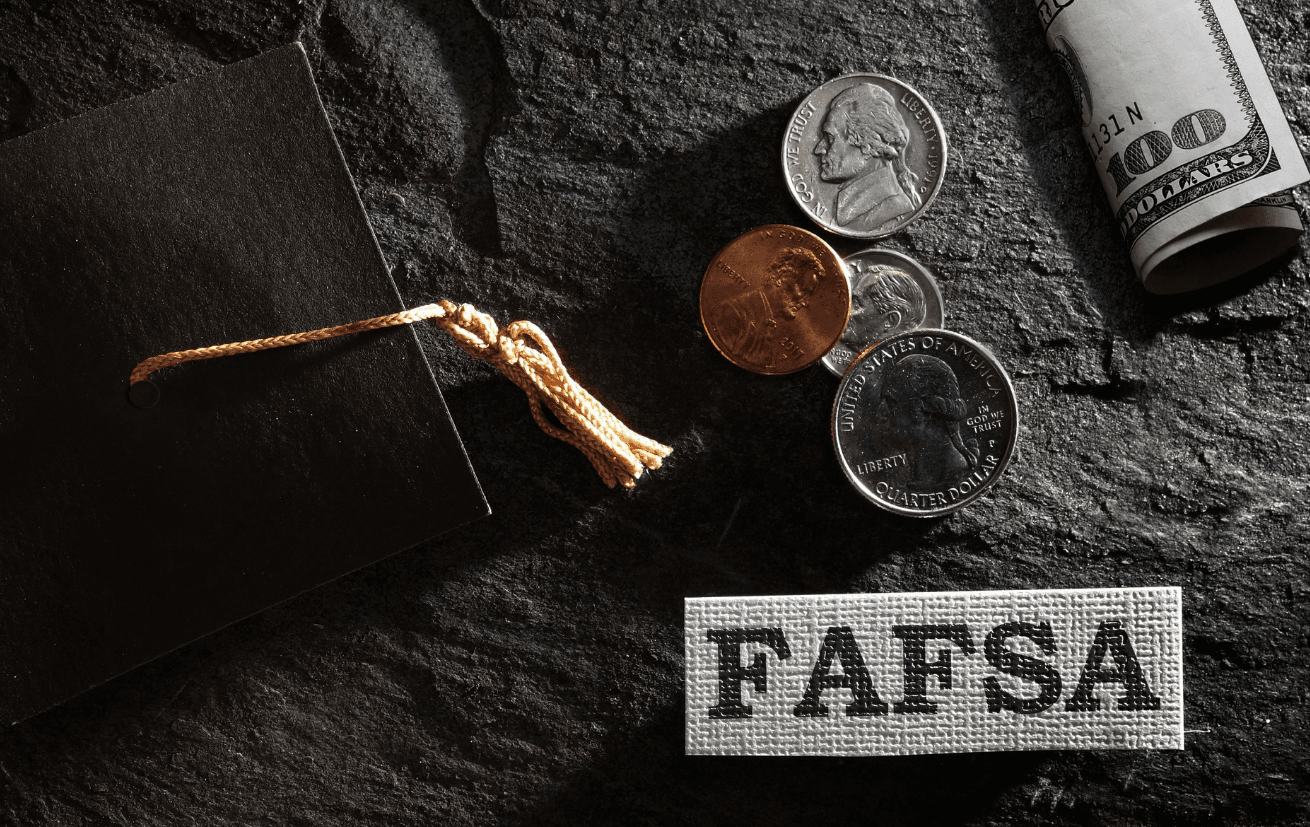
FAFSA 101
Everything You Need to Know About Filling Out the Free Application for Federal Student Aid
Author: Beneisha Williams

Everything You Need to Know About Filling Out the Free Application for Federal Student Aid
Author: Beneisha Williams
You've spent countless hours researching college and teaching programs, looking for one that will best fit your goals. You're dreaming about meeting new people and exploring your classes. Then you get to the not-so-exciting part: program costs and the dreaded financial aid applications.
Don’t let the dollar amounts and paperwork intimidate or discourage you! Here, we’ll go over key facts about the FAFSA that will help simplify the process and help you get the funds you need for your education.
In a nutshell, the FAFSA is an application to receive need-based financial aid from the federal government. The U.S. Department of Education provides millions of dollars in grants and loans for students each year.
The information in your FAFSA determines how much of this aid you’re eligible for, based on your family size and income. The application requires personal and income information from you and your parent or legal guardian. If you have a spouse or stepparent, their information might be needed, too.
This part can be confusing—but here’s the short version: Most schools and programs use the FAFSA to determine the financial aid that you can receive at their school. Basically, they are saving you some time so you don’t have to fill out a different application for financial aid that comes from your school.
So, you fill out the government form to see if you’re eligible for money from the government and from your school.
You can still apply for scholarships, grants, and loans from other organizations or banks. For those, you will probably need a separate application.
Financial aid is any funding that helps pay for your college program and additional expenses such as textbooks, room and board, and transportation.
You’ll need to complete the online FAFSA form. We’re not going to lie — many people find the form confusing. Stick with it! It’s worth it.
Plus, the new FAFSA process for 2024-25 is simplified. There are fewer questions on the form, easier import of financial info, and a new formula making it easier to get financial aid.
When you begin, you'll need to have a few pieces of information handy. If you’re under 24 years old, you may need your parent or guardian's information too. Check to see if you’re considered a “dependent” or “independent” student.
You'll need:
Each person contributing information needs to have their own username and password to give consent and approval for the transfer of their personal financial information. Visit Studentaid.gov to get all set up.
Your FAFSA form must be renewed annually. You’ll also need to maintain satisfactory grades in order to keep and remain eligible for financial aid.
Some forms also include a Release of Information, which lets specified individuals and organizations access your form details. It’s a good idea to consent to this section, because it lets you be considered for additional financial aid programs.
You don’t have to fill out the FAFSA form by yourself. If you get stuck, check out the live chat on the FAFSA website or call the FAFSA Hotline at 1 (800)-433-3243.
You can also ask guidance counselors, the financial aid office at your school, relatives or friends who have been through it!
The 2024 FAFSA will become available in December of 2023 for the upcoming school year. So, if you wanted to enroll in the spring of 2024, you could submit your application after December 2023.
Each college or university also has a priority deadline. Meeting this deadline gives you the best chance of receiving funding, since financial aid is available on a first-come, first-served basis. Check with your college to find out when their priority deadline is.
If you don’t meet your school's priority deadline, you should still apply. You never know what funding will be available!
The FAFSA usually becomes available each year on October 1st. The updated 2024 FAFSA form has a release date of December 2023. The exact date in December has yet to be published at the time of this article.
Once your school has received and reviewed your application, the financial aid office will send you a financial aid award letter. Your offer may include multiple options, such as grants, scholarships and loans.
Once you accept your financial aid award, your school will usually cover your tuition and then send any leftover funds to you to cover additional school expenses.
Each year, thousands of students miss out on financial aid by simply not filling out the application. You don’t want to make this mistake. Remember, no matter how big or small the cost of your education, the FAFSA gives you the resources you need.